Evaluation of Cleaning Methods for Lithium Disilicate Ceramic Post Try-In Paste Application: An SEM Analysis
Abstract
1. Introduction
2. Materials and Methods
- None—No visible residual paste in the SEM image;
- Low—Residual paste occupies less than 25% of the image frame;
- Medium—Residual paste occupies 25% to 50% of the image frame;
- High—Residual paste occupies 50% to 75% of the image frame;
- Very High—Residual paste occupies more than 75% of the image frame.
3. Results
4. Discussion
5. Conclusions
- Ultrasonic baths in distilled water or alcohol were generally effective, but outcomes varied with different try-in pastes tested;
- The Rinse and Dry method provided superior cleanliness for RelyX Veneer try-in paste compared to other try-in pastes tested;
- Ultrasonic baths in distilled water were effective for the removal of most try-in pastes, except for Calibra try-in paste, indicating that while this method is highly effective, it is not universally optimal.
Author Contributions
Funding
Data Availability Statement
Conflicts of Interest
References
- Tysowski, G.W. The science behind lithium disilicate: A metal-free alternative. Dent. Today 2009, 28, 112–113. [Google Scholar]
- De Angelis, F.; D’Arcangelo, C.; Vadini, M. The Effect of Dentin Bonding and Material Thickness on the Flexural Properties of a Lithium-Disilicate Glass-Ceramic. J. Adhes. Dent. 2021, 23, 309–318. [Google Scholar] [PubMed]
- Sezinando, A. Looking for the ideal adhesive—A review. Rev. Port. De Estomatol. Med. Dentária E Cir. Maxilofac. 2014, 55, 194–206. [Google Scholar] [CrossRef]
- Della Bona, A.; Anusavice, K.J.; Hood, J.A. Effect of ceramic surface treatment on tensile bond strength to a resin cement. Int. J. Prosthodont. 2002, 15, 248–253. [Google Scholar] [PubMed]
- Lise, D.P.; Perdigao, J.; Van Ende, A.; Zidan, O.; Lopes, G.C. Microshear bond strength of resin cements to lithium disilicate substrates as a function of surface preparation. Oper. Dent. 2015, 40, 524–532. [Google Scholar] [CrossRef] [PubMed]
- Yoshihara, K.; Nagaoka, N.; Maruo, Y.; Nishigawa, G.; Yoshida, Y.; Van Meerbeek, B. Silane-coupling effect of a silane-containing self-adhesive composite cement. Dent. Mater. 2020, 36, 914–926. [Google Scholar] [CrossRef]
- Moreno, M.B.P.; Murillo-Gómez, F.; de Goes, M.F. Physicochemical and morphological characterization of a glass ceramic treated with different ceramic primers and post-silanization protocols. Dent. Mater. 2019, 35, 1073–1081. [Google Scholar] [CrossRef]
- Tribst, J.; Anami, L.C.; Ozcan, M.; Bottino, M.A.; Melo, R.M.; Saavedra, G. Self-etching primers vs acid conditioning: Impact on bond strength between ceramics and resin cement. Oper. Dent. 2018, 43, 372–379. [Google Scholar] [CrossRef]
- Dimitriadi, M.; Zinelis, S.; Zafiropoulou, M.; Silikas, N.; Eliades, G. Self-etch silane primer: Reactivity and bonding with a lithium disilicate ceramic. Materials 2020, 13, 641. [Google Scholar] [CrossRef]
- Lyann, S.K.; Takagaki, T.; Nikaido, T.; Uo, M.; Ikeda, M.; Sadr, A.; Tagami, J. Effect of different surface treatments on the tensile bond strength to lithium disilicate glass ceramics. J. Adhes. Dent. 2018, 20, 261–268. [Google Scholar]
- Sundfeld Neto, D.; Naves, L.Z.; Costa, A.R.; Correr, A.B.; Consani, S.; Borges, G.A.; Correr-Sobrinho, L. The effect of hydrofluoric acid concentration on the bond strength and morphology of the surface and interface of glass ceramics to a resin cement. Oper. Dent. 2015, 40, 470–479. [Google Scholar] [CrossRef] [PubMed]
- Prata, R.A.; Oliveira, V.P.; de Menezes, F.C.H.; Borges, G.A.; de Andrade, O.S.; Gonçalves, L.S. Effect of ‘Try-in’ paste removal method on bond strength to lithium disilicate ceramic. J. Dent. 2011, 39, 863–870. [Google Scholar] [CrossRef] [PubMed]
- Hller, B.; Belli, R.; Petschelt, A.; Lohbauer, U.; Zorzin, J.I. Influence of simulated oral conditions on different pretreatment methods for the repair of glass-ceramic restorations. J. Adhes. Dent. 2022, 24, 57–66. [Google Scholar]
- Nikolaus, F.; Wolkewitz, M.; Hahn, P. Bond strength of composite resin to glass ceramic after saliva contamination. Clin. Oral Investig. 2013, 17, 751–755. [Google Scholar] [CrossRef] [PubMed]
- Phark, J.H.; Duarte, S., Jr.; Kahn, H.; Blatz, M.B.; Sadan, A. Influence of contamination and cleaning on bond strength to modified zirconia. Dent. Mater. 2009, 25, 1541–1550. [Google Scholar] [CrossRef]
- ALGhazali, N.; Laukner, J.; Burnside, G.; Jarad, F.D.; Smith, P.W.; Preston, A.J. An investigation into the effect of try-in pastes, uncured and cured resin cements on the overall color of ceramic veneer restorations: An in vitro study. J. Dent. 2010, 38 (Suppl. 2), E78–E86. [Google Scholar] [CrossRef]
- May, M.M.; Fraga, S.; May, L.G. Effect of milling, fitting adjustments, and hydrofluoric acid etching on the strength and roughness of CAD-CAM glass-ceramics: A systematic review and meta-analysis. J. Prosthet. Dent. 2021, 128, 1190–1200. [Google Scholar] [CrossRef]
- Peumans, M.; Van Meerbeek, B.; Lambrechts, P.; Vanherle, G. Porcelain veneers: A review of the literature. J. Dent. 2000, 28, 163–177. [Google Scholar] [CrossRef]
- Cekic, I.; Ergun, G.; Lassila, L.V.; Vallittu, P.K. Ceramic-dentin bonding: Effect of adhesive systems and light-curing units. J. Adhes. Dent. 2007, 9, 17–23. [Google Scholar]
- Archegas, L.R.P.; Freire, A.; Vieira, S.; de Menezes Caldas, D.B.; Souza, E.M. Colour stability and opacity of resin cements and flowable composites for ceramic veneer luting after accelerated ageing. J. Dent. 2011, 39, 804–810. [Google Scholar] [CrossRef]
- Vaz, E.C.; Vaz, M.M.; Torres, E.M.; de Souza, J.B.; Barata, T.J.E.; Lopes, L.G. Resin Cement: Correspondence with Try-In Paste and Influence on the Immediate Final Color of Veneers. J. Prosthodont. 2019, 28, e74–e81. [Google Scholar] [CrossRef]
- Pilecco, R.O.; Machry, R.V.; Ribeiro, V.F.; Dal Piva, A.M.O.; Tribst, J.P.M.; Kleverlaan, C.J.; Moraes, R.R.; Pereira, G.K.R. Impact of try-in paste removal on the fatigue behavior of bonded lithium disilicate ceramics. J. Mech. Behav. Biomed. Mater. 2024, 151, 106394. [Google Scholar] [CrossRef]
- Pilecco, R.O.; Machry, R.V.; Ribeiro, V.F.; Moraes, R.R.; Pereira, G.K.R. Evaluation paste removal method and bond strength between resin cement and lithium disilicate ceramic: An in vitro study. J. Prosthet. Dent. 2023, in Press. [Google Scholar] [CrossRef]
- Gonzaga, L.H.; Arora, H.; Martin, W.C. The effect of cleaning procedures on the bond strength of ceramic surfaces contaminated with saliva and try-in paste. Stomatol. Edu. J. 2019, 6, 263–269. [Google Scholar] [CrossRef]
- Vichi, A.; Zhao, Z.; Paolone, G.; Scotti, N.; Mutahar, M.; Goracci, C.; Louca, C. Factory Crystallized Silicates for Monolithic Metal-Free Restorations: A Flexural Strength and Translucency Comparison Test. Materials 2022, 15, 7834. [Google Scholar] [CrossRef]
- Charasseangpaisarn, T.; Krassanairawiwong, P.; Sangkanchanavanich, C.; Kurjirattikan, A.; Kunyawatyuwapong, K.; Tantivasin, N. The influence of different surface cleansing agents on shear bond strength of contaminated lithium disilicate ceramic: An in vitro study. Int. J. Dent. 2021, 2021, 7112400. [Google Scholar] [CrossRef] [PubMed]
- Bock, T.; Özcan, M. Protocol for Removal of Clinically Relevant Contaminants from Glass Ceramic-based Restorations. J. Adhes. Dent. 2015, 17, 474–475. [Google Scholar] [PubMed]
- Maqbool, B.; Rego, H.M.C.; Santos, G.C., Jr.; Ari, N.; Santos, M.J.M.C. Effect of different surface treatment protocols on the bond strength between lithium disilicate and resin cements. Odontology 2023, 112, 74–82. [Google Scholar] [CrossRef] [PubMed]
- Marfenko, S.; Özcan, M.; Attin, T.; Tauböck, T. Treatment of surface contamination of lithium disilicate ceramic before adhesive luting. Am. J. Dent. 2020, 33, 38. [Google Scholar] [PubMed]
- Magalhães, A.P.R.; Decurcio, R.A.; Ojeda, G.D.P.; Teixeira, T.R.; Cardoso, P.C. Does Post-etching Cleaning Influence Bond Strength of Lithium Disilicate Laminate Veneers? J. Prosthodont. Res. 2017, 38, 123–130. [Google Scholar]
- Aladag, A.; Elter, B.; Çomlekoglu, E.; Kanat, B.; Sonugelen, M.; Kesercioglu, A.; Ozcan, M. Effect of different cleaning regimens on the adhesion of resin to saliva-contaminated ceramics. J. Prosthodont. 2015, 24, 136–145. [Google Scholar] [CrossRef] [PubMed]
- Lapinska, B.; Rogowski, J.; Nowak, J.; Nissan, J.; Sokolowski, J.; Lukomska-Szymanska, M. Effect of surface cleaning regimen on glass ceramic bond strength. Molecules 2019, 24, 389. [Google Scholar] [CrossRef] [PubMed]
- Bertolini, J.C. Hydrofluoric acid: A review of toxicity. J. Emerg. Med. 1992, 10, 163–168. [Google Scholar] [CrossRef] [PubMed]


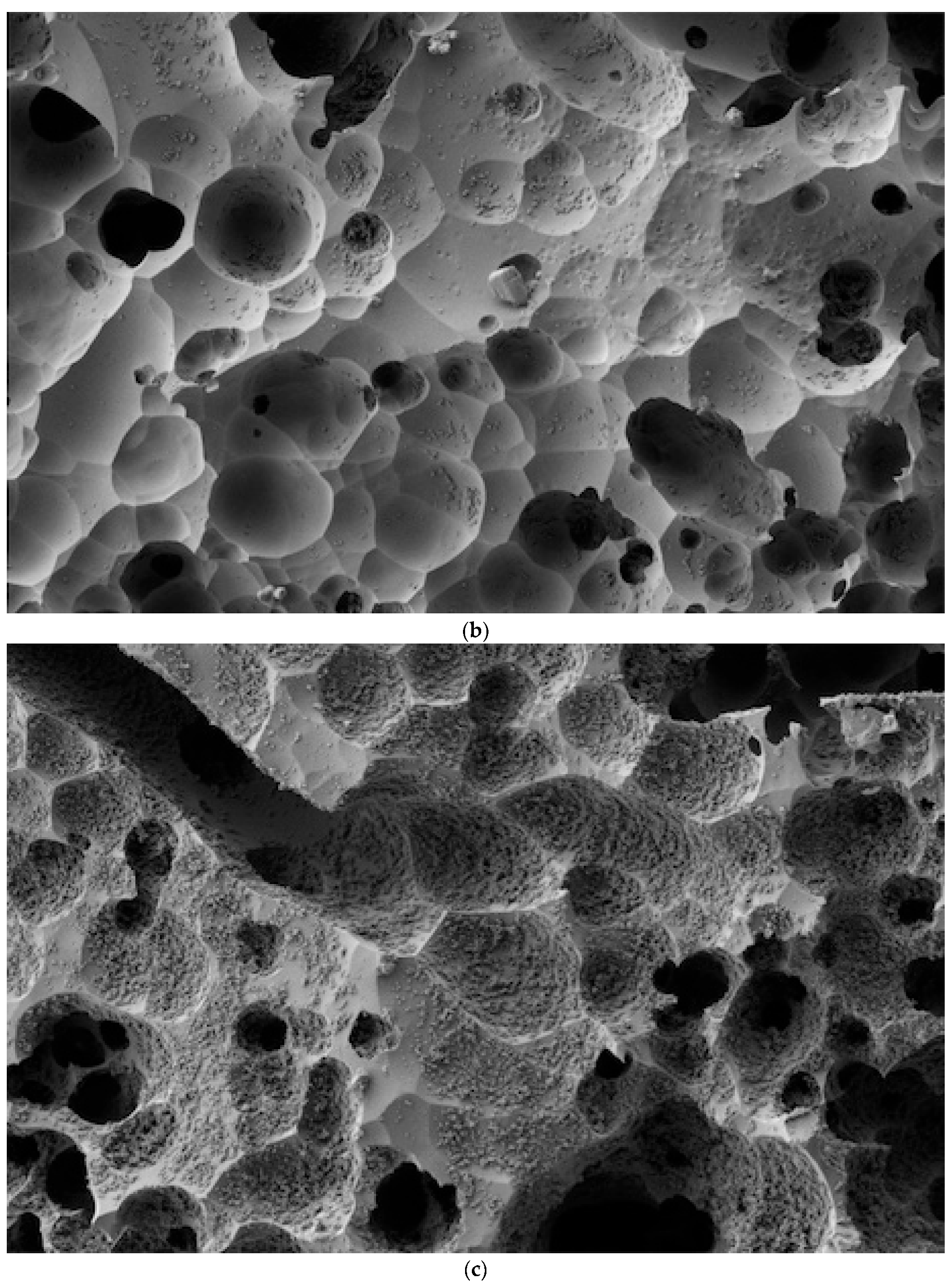
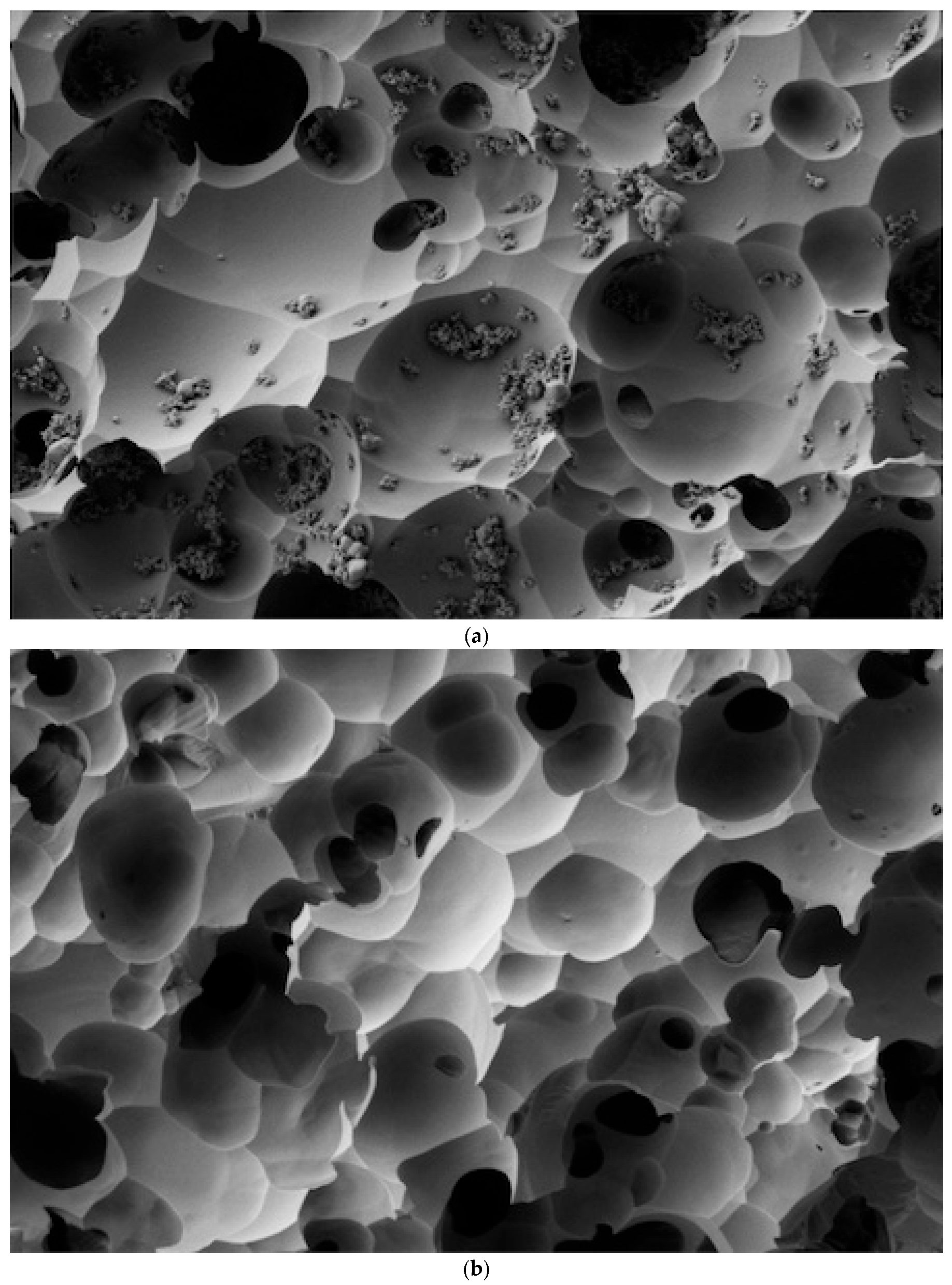
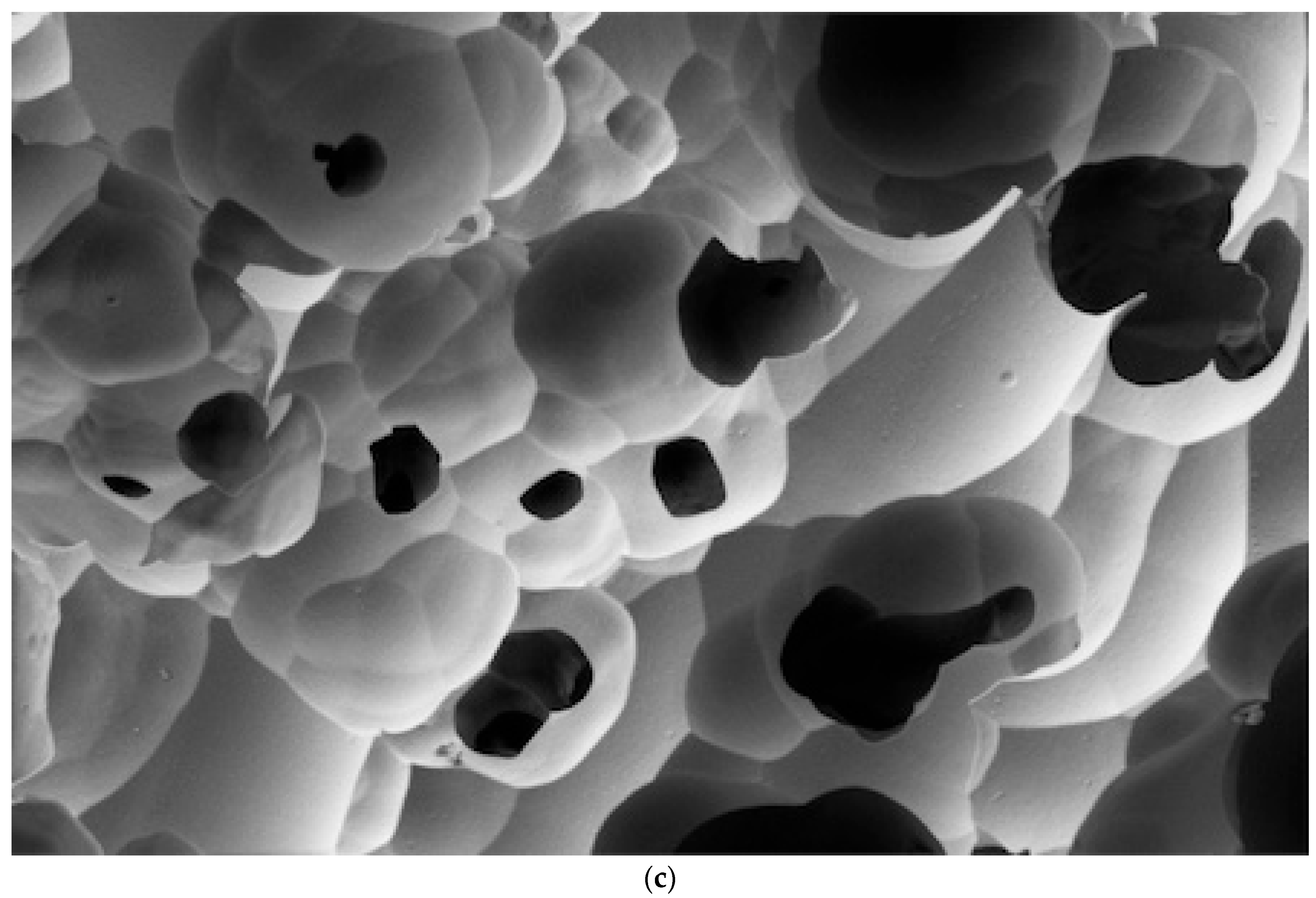
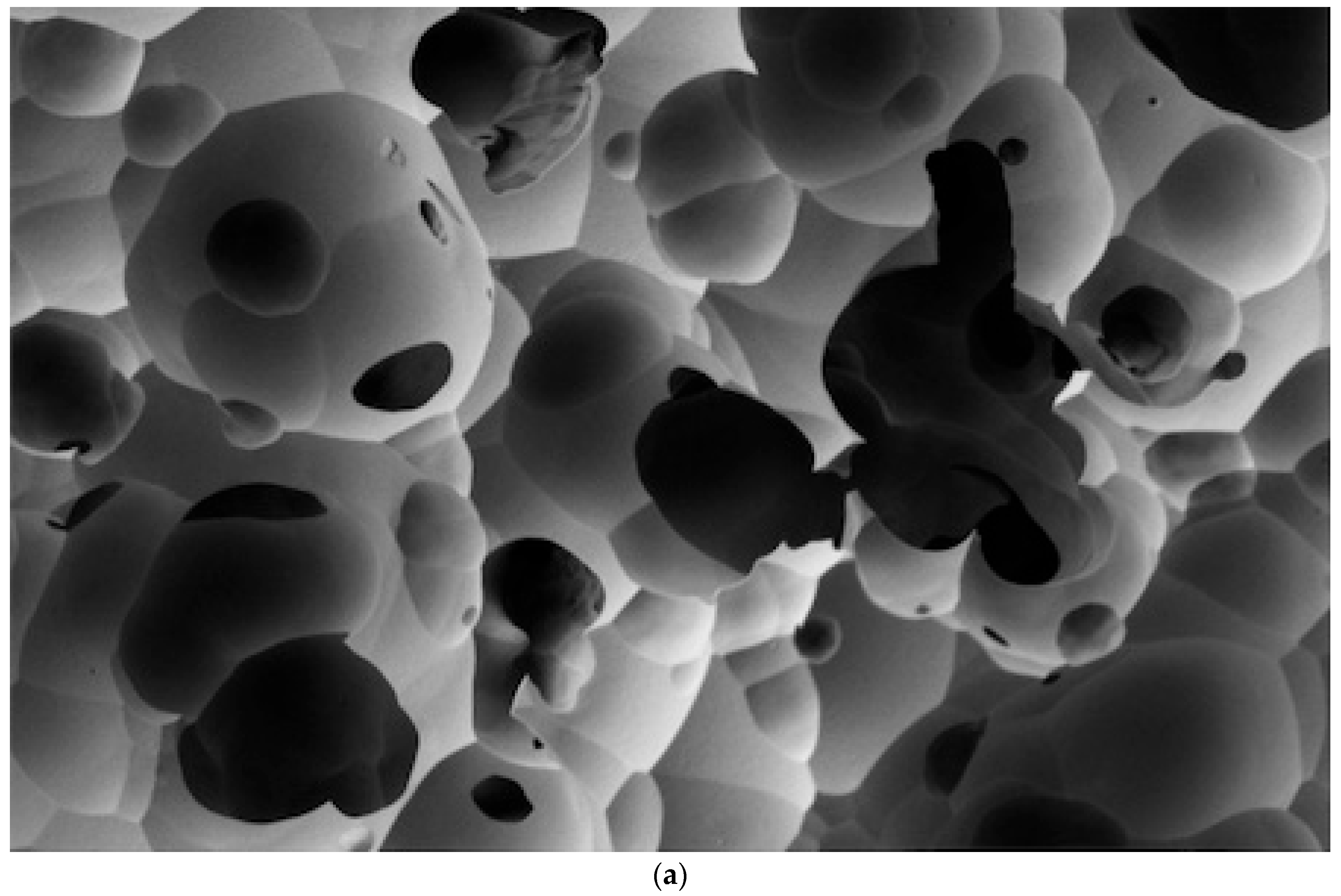
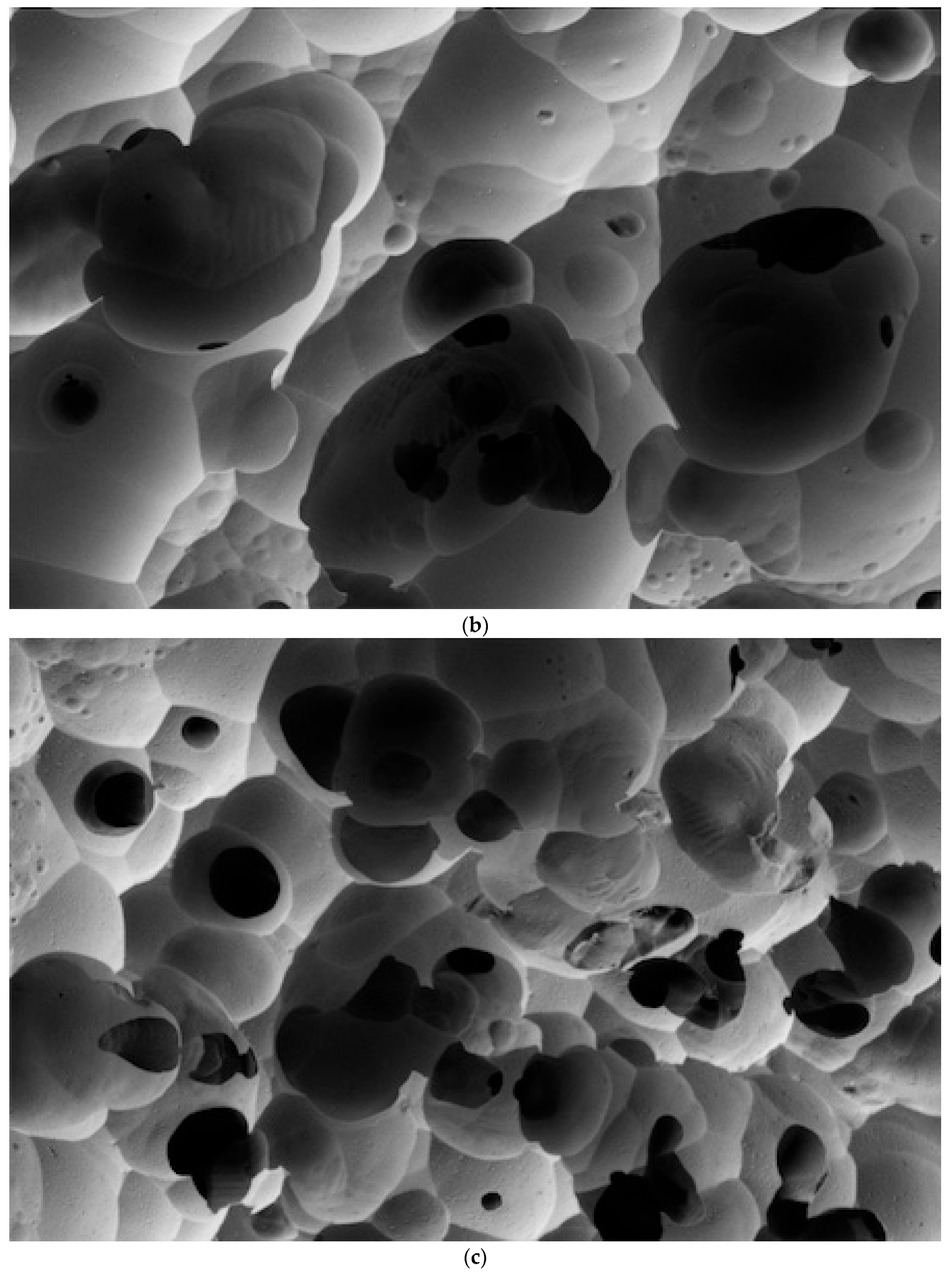
| Group | Try-in Paste | Manufacturer | Cleaning Method |
|---|---|---|---|
| 1 | No Contamination (CTRL) | No Cleaning (Control) | |
| 2 | Calibra Try-in Paste (C) | DENTSPLY Sirona, York, PA, USA | Air–Water Spray or Rinse and Dry (RD) |
| 3 | Calibra Try-in Paste (C) | Rinse and Dry + Ultrasonic Bath in Distilled Water for 5 min (ULT-W) | |
| 4 | Calibra Try-in Paste (C) | Rinse and Dry + Ultrasonic Bath in Distilled Alcohol for 5 min (ULT-A) | |
| 5 | Variolink Try-in Paste (V) | Ivoclar Vivadent, Schaan, Liechtenstein | Air–Water Spray or Rinse and Dry (RD) |
| 6 | Variolink Try-in Paste (V) | Rinse and Dry + Ultrasonic Bath in Distilled Water for 5 min (ULT-W) | |
| 7 | Variolink Try-in Paste (V) | Rinse and Dry + Ultrasonic Bath in Distilled Alcohol for 5 min (ULT-A) | |
| 8 | RelyX Veneer Try-in Paste (R) | 3M, Neuss, Germany | Air–Water Spray or Rinse and Dry (RD) |
| 9 | RelyX Veneer Try-in Paste (R) | Rinse and Dry + Ultrasonic Bath in Distilled Water for 5 min (ULT-W) | |
| 10 | RelyX Veneer Try-in Paste (R) | Rinse and Dry + Ultrasonic Bath in Distilled Alcohol for 5 min (ULT-A) |
| Try-in Paste | Cleaning Method | Amount of Residual Paste | Surface Coverage |
|---|---|---|---|
| Control (No Contamination) | N/A | None | 0% |
| Calibra Try-in Paste | RD | Very High | >75% |
| ULT-W | Low | <25% | |
| ULT-A | Very High | >75% | |
| Variolink Try-in Paste | RD | Low | <25% |
| ULT-W | None | 0% | |
| ULT-A | None | 0% | |
| Rely-X Try-in Paste | RD | None | 0% |
| ULT-W | None | 0% | |
| ULT-A | None | 0% |
Disclaimer/Publisher’s Note: The statements, opinions and data contained in all publications are solely those of the individual author(s) and contributor(s) and not of MDPI and/or the editor(s). MDPI and/or the editor(s) disclaim responsibility for any injury to people or property resulting from any ideas, methods, instructions or products referred to in the content. |
© 2024 by the authors. Licensee MDPI, Basel, Switzerland. This article is an open access article distributed under the terms and conditions of the Creative Commons Attribution (CC BY) license (https://creativecommons.org/licenses/by/4.0/).
Share and Cite
Santos Junior, G.C.; Santos, M.J.M.C. Evaluation of Cleaning Methods for Lithium Disilicate Ceramic Post Try-In Paste Application: An SEM Analysis. Dent. J. 2024, 12, 281. https://doi.org/10.3390/dj12090281
Santos Junior GC, Santos MJMC. Evaluation of Cleaning Methods for Lithium Disilicate Ceramic Post Try-In Paste Application: An SEM Analysis. Dentistry Journal. 2024; 12(9):281. https://doi.org/10.3390/dj12090281
Chicago/Turabian StyleSantos Junior, Gildo Coelho, and Maria Jacinta Moraes Coelho Santos. 2024. "Evaluation of Cleaning Methods for Lithium Disilicate Ceramic Post Try-In Paste Application: An SEM Analysis" Dentistry Journal 12, no. 9: 281. https://doi.org/10.3390/dj12090281
APA StyleSantos Junior, G. C., & Santos, M. J. M. C. (2024). Evaluation of Cleaning Methods for Lithium Disilicate Ceramic Post Try-In Paste Application: An SEM Analysis. Dentistry Journal, 12(9), 281. https://doi.org/10.3390/dj12090281







